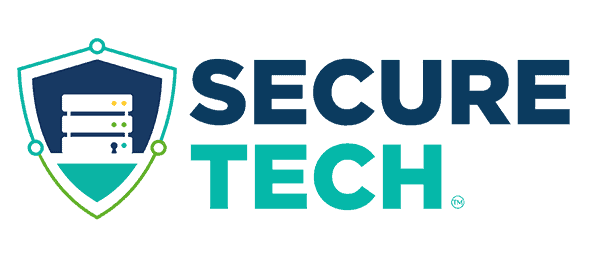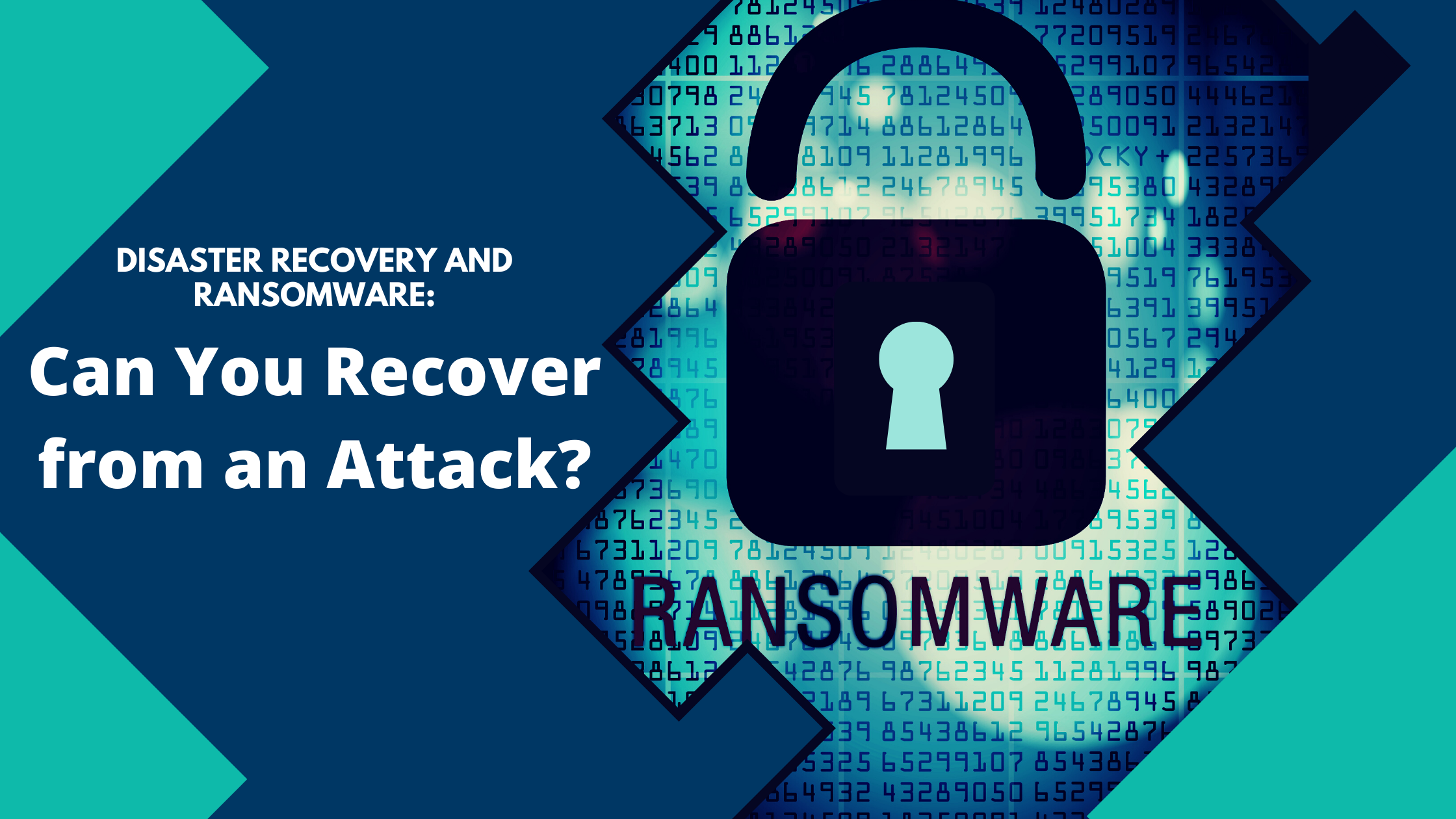Disaster Recovery and Ransomware
This year, experts predict that ransomware will cost businesses more than $20 billion worldwide. CyberSecurity Ventures reports that every 11 seconds, a ransomware attack on a business occurs.
If those statistics don’t make you sweat, consider this real-world example. In October of 2020, the University of Vermont Medical Center had a huge ransomware attack. It delayed a costly software rollout. Coupled with the recovery efforts needed to fight the attack, it cost $1.5 million per day in lost income and expenses. Yikes!
The bad news is that ransomware is only going to grow. The more companies that pay hackers, the more future attacks they fund. Only by breaking the cycle of funding future attacks can companies reduce the threat of ransomware. By combining your disaster recovery and ransomware efforts, your business can successfully weather the storm.
What is Ransomware?
Ransomware is malware that, once activated, encrypts user data. The attacker will then demand money, usually in the form of Bitcoin, with directions given in a README file. If you don’t pay within the stated time, there are three main threats to your data:
- The attacker will simply leave the data encrypted. This basically destroys it.
- The hacker will release more malware or start a program that will delete the data. It will also possibly damage critical systems.
- The attacker will leak the data to the public. This is more costly if your data falls under compliance rules.
Standard Defenses Aren’t Enough
It’s easy to dismiss ransomware victims as having sloppy cybersecurity practices. In truth though, every company is at risk of an attack. If your company has intellectual property (like patents or codes), you’re a higher value target for hackers too.
Having a firewall and an intrusion detection system isn’t enough. Adding vulnerability scans, penetration tests and multifactor authentication will help. But even that isn’t enough.
Cybercrime is more advanced. Attackers have malware that can abuse a vulnerability before the company even knows about it. (This is called a zero-day attack.)
Disaster Recovery and Ransomware
Because of the crushing effects of ransomware, it’s vital for your business to prepare itself. But how?
While most companies have a disaster recovery plan, the scope of it is often incomplete. For example, many businesses focus their disaster recovery on physical events like floods and fires. However, with the increase in ransomware, virtual disasters can be just as (or more) harmful.
A mature disaster recovery plan that you regularly test via both tabletop and live exercises offers an extra layer of protection against ransomware. Also, a robust backup solution is more important than ever. By testing backups and restores of your data across your environment, you’re prepared if a hacker holds your data for ransom.
SecureTech Can Help with Disaster Recovery
The SecureTech team will partner with your business in San Antonio, TX. We can create a plan to support your cybersecurity defenses and lessen the possibility of a successful attack. In the unlikely event that an attack comes through, the disaster recovery plan we designed will restore your data quickly so you can get back to work. Give us a call today to learn more.

